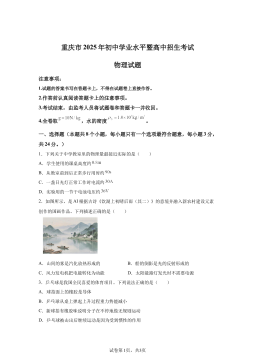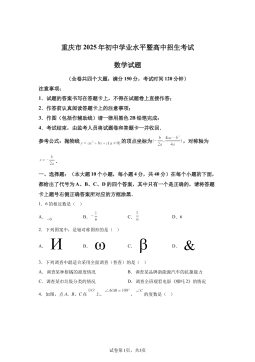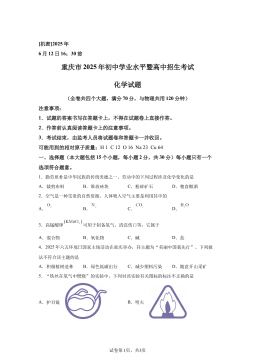
Kondo enabled transmutation between spinons and superconducting vortices: origin of magnetic
memory in 4Hb-TaS2
Shi-Zeng Lin1, 2
1Theoretical Division, T-4 and CNLS, Los Alamos National Laboratory, Los Alamos, New Mexico 87545, USA
2Center for Integrated Nanotechnologies (CINT), Los Alamos National Laboratory, Los Alamos, New Mexico 87545, USA
(Dated: October 14, 2022)
Recent experiments [Persky et al., Nature 607, 692 (2022)] demonstrate a magnetic memory effect in 4Hb-
TaS2above its superconducting transition temperature, where Abriokosov vortices are generated spontaneously
by lowering temperature at zero magnetic field after field training the normal state. Motivated by the experiment,
we propose the chiral quantum spin liquid (QSL) stabilized in the constituent layers of 4Hb-TaS2as a mecha-
nism. We model 4Hb-TaS2as coupled layers of the chiral QSL and superconductor. Through the Kondo cou-
pling between the localized moments and conduction electrons, there is mutual transmutation between spinons
and vortices during the thermal cycling process, which yields magnetic memory effect as observed in experi-
ments. We also propose a mechanism to stabilize the chiral and nematic superconductivity in 4Hb-TaS2through
the Kondo coupling of conduction electrons to the chiral QSL. Our results suggest 4Hb-TaS2as an exciting
platform to explore the interplay between QSL and superconductivity through the Kondo effect.
Quantum spin liquid (QSL) is an exotic state of matter,
where electron spin fractionalizes into more elementary de-
gree of freedom that interacts through a dynamical gauge
field. [1–4] The existence of QSL has been well established
by the exactly solvable models. Nevertheless, unambiguous
experimental identification of the QSL remains a huge chal-
lenge despite many encouraging signs have been detected.
The QSL can serve as a mother state to induce other novel
quantum states. For instance, one can obtain unconventional
superconductivity by doping QSL [5] or by coupling QSL to
metals through the Kondo coupling. [6]
The recent observation of a magnetic memory and sponta-
neous vortices in a van der Waals superconductor 4Hb-TaS2
suggests the possible existence of QSL in this compound. [7]
4Hb-TaS2consists of two alternatingly stacked layers of octa-
hedral TaS2(1T-TaS2) and trigonal prismatic TaS2(1H-TaS2).
Both 1T-TaS2and 1H-TaS2can exist in a bulk form. The 1T-
TaS2bulk was argued to host QSL. [8] The 1T-TaS2undergoes
an incommensurate charge density wave (CDW) transition
around 350 K, followed by another transition to a commensu-
rate CDW around 200 K, forming a √13 ×√13 structure. [9]
The unit cell is enlarged to having 13 Ta ions, where each Ta
ions contributes one 5d electron. The unit cell forms a trian-
gular lattice. The observed insulating behavior implies a Mott
insulating state in 1T-TaS2below 200 K. Indeed, the lower and
upper Hubbard bands have been observed by scanning tunnel-
ing microscope. [10,11]. However, no magnetic order and
even the formation of localized moment has been observed
down to the lowest temperature that is much smaller than the
estimated exchange coupling between localized spins. [12–
15] These experiments support the existence of a QSL, either
a fully gapped Z2QSL or a Dirac QSL, in 1T-TaS2proposed
by Law et al. [8]. Later, a more refined modeling calcula-
tions based a spin Hamiltonian that is appropriate for 1T-TaS2
concludes a QSL with spinon Fermi surface [16]. The QSL
picture is also supported by other measurements. [11,17,18]
On the other hand, 2H-TaS2(two layers of 1H-TaS2) is a
superconductor with Tc=0.7 K. [19] Therefore 4Hb-TaS2
offers an exciting platform for studying the interplay between
superconductivity and QSL. One expects a Kondo coupling
between the metallic layer 1H-TaS2and the Mott insulator 1T-
TaS2, which has been confirmed through the observation of
the Kondo resonance peak by scanning tunneling microscopy.
[11,18] [20] Several unusual superconducting behaviors in
4Hb-TaS2, which may have the origin from this interplay, are
observed in experiments. The Tcin 4Hb-TaS2is increased
to 2.7 K. The two-dimensional nature of the superconducting
state is confirmed by the extracted coherence lengths from the
upper critical fields. Time-reversal symmetry (TRS) is found
to be broken in the superconducting state from muon spin
relaxation measurement and is interpreted as a signature for
chiral superconductivity. Both d+id and p+ip pairing sym-
metries that are constrained by the D3hcrystal structure are
proposed. [21] The two components superconducting order
parameter is further supported by the Little-Parks oscillation
and scanning tunneling microscopy and angle-resolved trans-
port experiment. [22] Furthermore, a crossover from the chiral
to the nematic state is also detected. [23]
Recent experiments report an unusual magnetic memory
effect in 4Hb-TaS2single crystals between Tc=2.7 K and
TM=3.6 K. [7] Initially, the crystal is cooled below T=1.7
K below Tcin a small field H=1.3 Oe to create a bunch
of randomly distributed vortices due to the pinning potential.
Then the crystal is warmed to Tf>Tcunder the same field,
after which the crystal is zero-field cooled to a target temper-
ature T<Tc. Surprisingly, there are randomly distributed
vortices despite zero-field cooling. In experiments, this proto-
col is repeated, but at different Tf. The density of the remnant
vortices decreases with Tfand disappears when Tf>TM.
The remnant vortice density increases linearly with the train-
ing magnetic field, and there exists a weak hysteresis near the
zero field. The authors of Ref. [7] also performed annealing
from T>TMto Tfwith Tc<Tf<TQin the training field.
Then the crystal is cooled to T<Tcwithout a magnetic field.
In this process, no field is applied inside the superconducting
phase. However, remnant vortices are observed, which is in
arXiv:2210.06550v1 [cond-mat.str-el] 12 Oct 2022

 2024-11-21 13
2024-11-21 13
 2024-11-21 11
2024-11-21 11
 2024-11-21 6
2024-11-21 6
 2024-11-21 8
2024-11-21 8
 2024-11-21 9
2024-11-21 9
 2024-11-21 8
2024-11-21 8
 2024-11-21 8
2024-11-21 8
 2024-11-21 8
2024-11-21 8
 2024-11-21 10
2024-11-21 10
 2024-11-21 7
2024-11-21 7







 渝公网安备50010702506394
渝公网安备50010702506394
